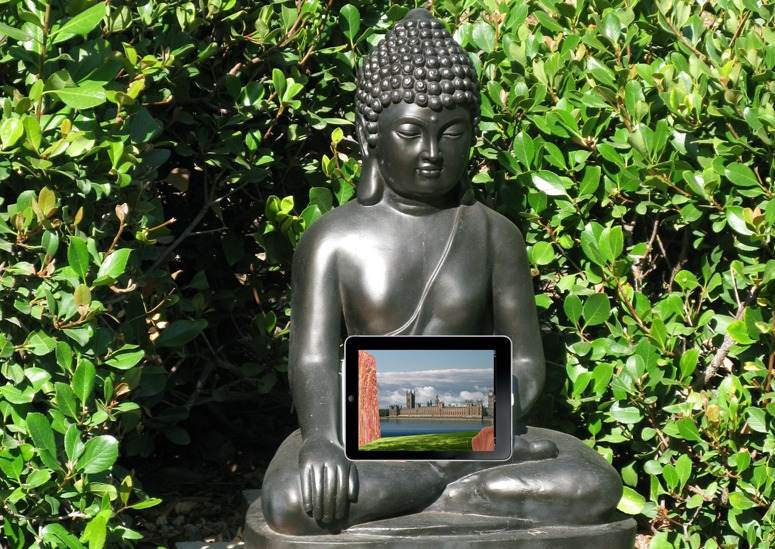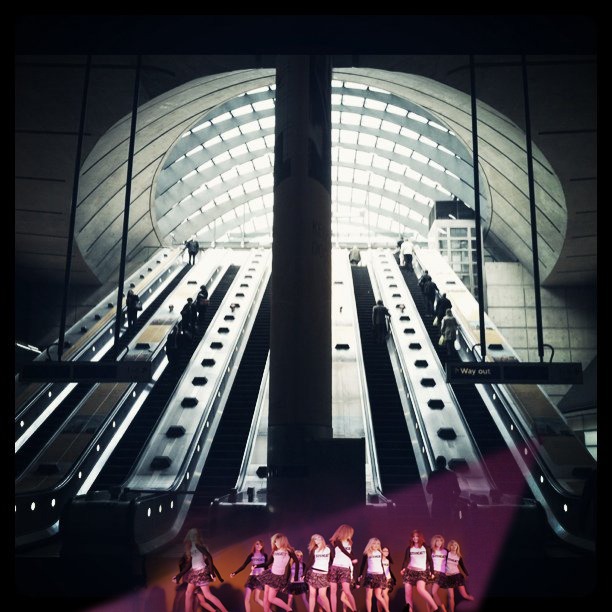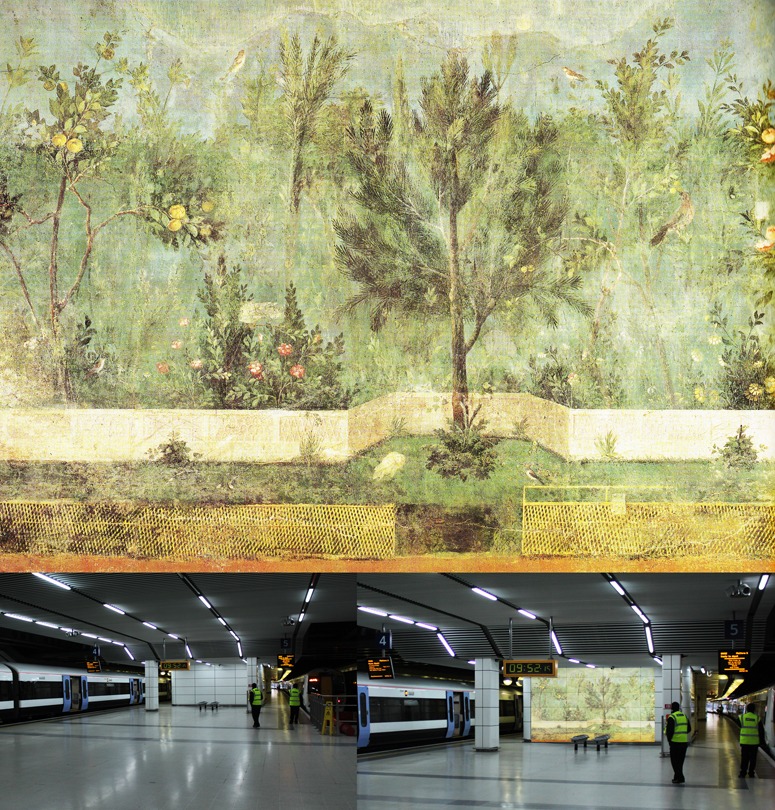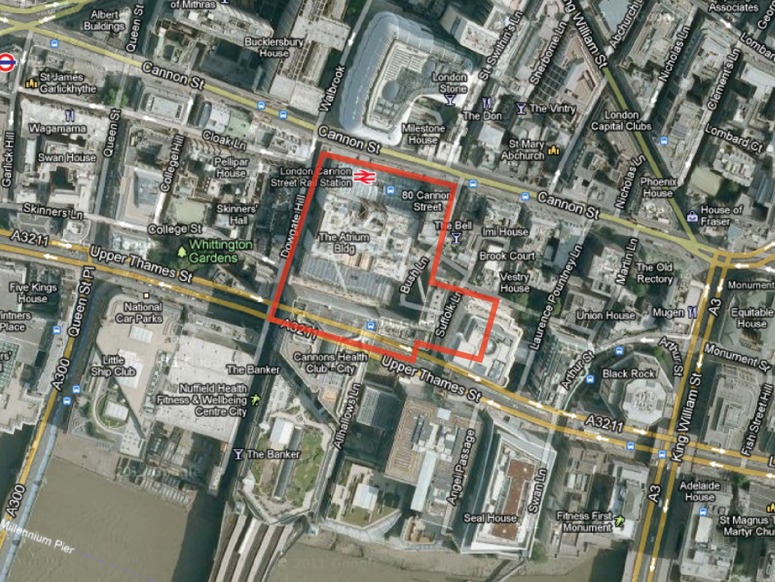Steve Jobs is the most successful product designer of modern times, bar none. Nobody has built so many fabled products. Nor have they built (what was briefly) the world’s largest coroporation in such a short working life – or such powerful brand loyalty. So if cities, gardens, architectures and landscapes are ‘products’ then what can designers learn from the Steve Jobs approach to design? Here are some of the possibilities:
- classify every design idea as ‘insanely great’ or ‘absolute shit’
- listen to ideas from members of the design team and tell the proposers they are all ‘absolute shit’,
- come in next day claiming the best of their ideas are yours, now seeing them as ‘insanely great’
- earn the undying love of your staff by these means
- ignore public consultation, and market research of all kinds, because ‘people do not know what they want until I have built it for them’
- practice Buddhism, become a vegan and drink bucket-loads of carrot juice
- adopt the purest forms of the Bauhaus and Zen Buddhist approaches to design
- focus, like a laser beam, on the user experience
- find the necessary technology to realise your dreams
- keep on and on and on simplifying and perfecting every detail of your design
- ‘Don’t compromise’
- ‘People who know what they’re talking about don’t need PowerPoint’
Yes, I have been reading Walter Isaacson’s biography of Steve Jobs and, yes, I think all designers can learn from Jobs’ example. But there is a big problem: I detest the idea of an iCity, an iGarden, an iScraper and an iLandscape – with the ‘i’ standing for ‘international’. I believe, fervently, that the environmental design professions should hold to the principles of context-sensitive design. They should, like our predecessors down the millennia, CONSULT THE GENIUS OF THE PLACE.
Steve was interested in gardens. The ‘stalk and head’ idea for the iMac G4 came from the sunflowers in his wife’s garden and, more to the point, he stated that ‘The most sublime thing I’ve ever seen are the gardens around Kyoto. I’m deeply moved by what that culture has produced, and it’s directly from zen Buddhism’. Since the Zen idea (禪) came from China and, before that, from India, perhaps Steve was not as strong on history as on product design.
“But there is one more thing that we want to tell you about…” East Asia is building iCities as if there is no tomorrow. So? “….Tomorrow will never come“.
See also 2012 Chelsea Fringe Flowers Gardens and Gardening Festival.
Buddha image courtesy Miheco.




